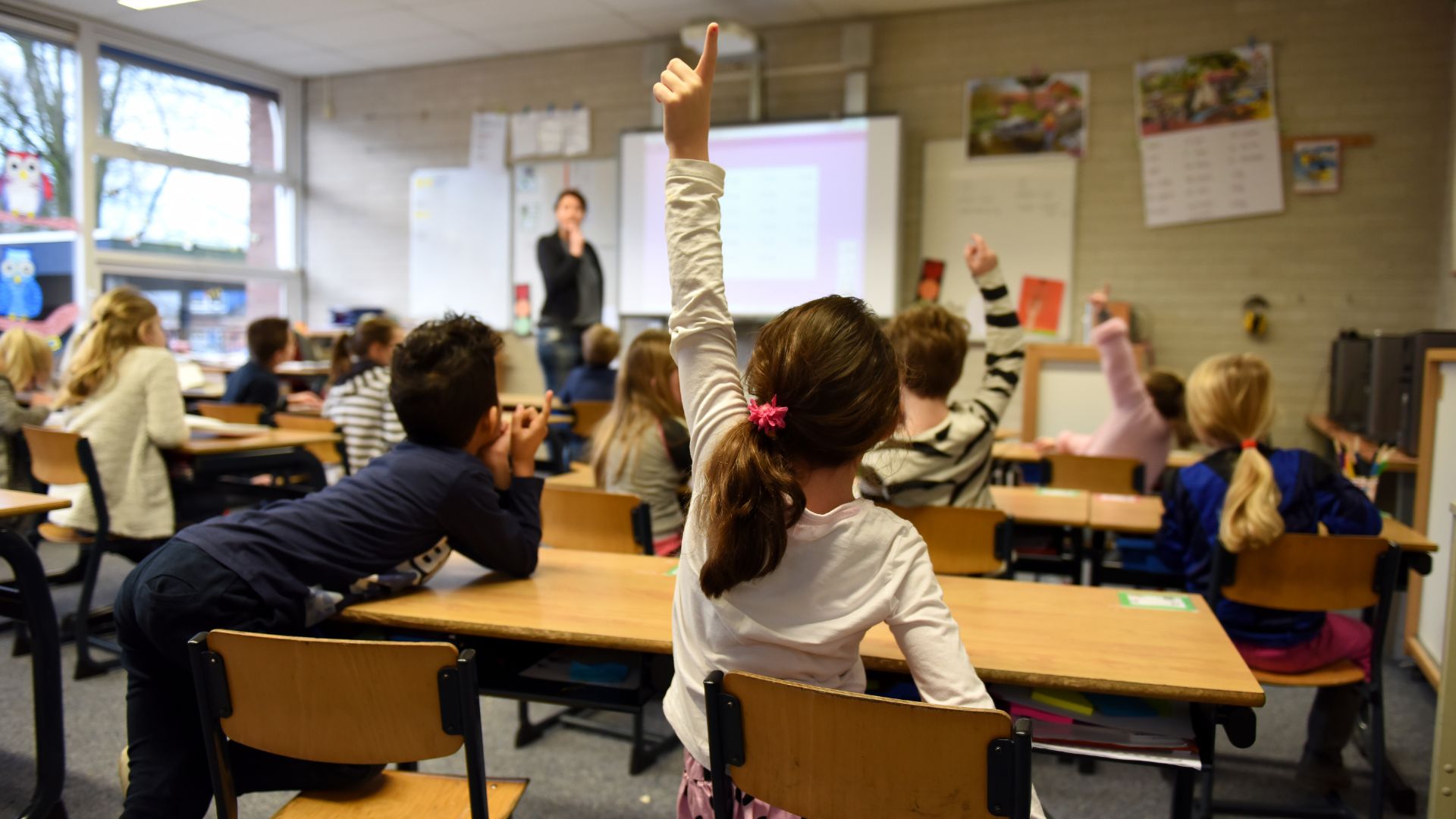California, often at the forefront of progressive trends, is taking a significant new step in education. From kindergarten to senior year, California students will now be trained to spot fake news, thanks to an ambitious and innovative educational program.
An innovative response to current challenges
Faced with the increase in false information and the damage it causes, amplified by online platforms and social networks, California chooses education as a shield. This new program aims to equip children and adolescents with the skills needed to discern the truth amid the relentless flow of information, thus promoting critical thinking and resilience in the face of misinformation.
Our research features prominently in the logic of California’s landmark media literacy law (written by @AsmMarcBerman)https://t.co/QMzBESCqtL pic.twitter.com/3v3kXRDVZA
– Stanford History Education Group (@SHEG_Stanford) November 29, 2023
This content is blocked because you have not accepted cookies and other trackers. This content is provided by Twitter.
To view it, you must accept the use made by Twitter with your data which may be used for the following purposes: to allow you to view and share content with social media, to promote the development and improvement of the products of Humanoid and its partners , show you personalized advertisements related to your profile and activity, define a personalized advertising profile, measure the performance of advertisements and content on this site and measure the audience of this site (more information)
Manage my choices
From kindergarten to senior year: a learning journey
This media education program will be adapted to each school level, taking into account the intellectual maturity of the students. Obviously the approach will not be the same depending on the age of the child. Basic skills, such as fact-checking and understanding sources of information, will be taught starting in kindergarten. As students advance through grades and academic studies, the curriculum will also evolve, to address more complex concepts, including the critical analysis of information.
Teaching about current issues
California teachers will play an essential role in the success of this initiative, benefiting from specific training to effectively deliver these media education courses. Educational resources should be developed to integrate this teaching into the existing school curriculum. It will not be necessary for it to be a separate class, but rather a lesson that teachers can integrate with English, science, mathematics and history, at all levels, as reported by the American media United States today.
A potential model for other states
California, which aspires to be a model of media literacy, is showing how to prepare the next generation to navigate today’s complex media landscape. By investing in education, the state seeks to forge a generation of critical minds capable of discerning the truth, even in a teeming ocean of fake news.
California State Representative Marc Beman, who introduced the bill in February and which was signed by Governor Gavin Newsom on October 13, said:
We have a responsibility to teach the next generation to be more critical consumers of online content and to be more cautious of misinformation, propaganda and conspiracy theories.
Statement by Marc Berman on his website
We hope that this initiative will spread as widely as possible, and not just in the United States.
Listen to Laisse-moi kiffer, Madmoizelle’s cultural advice podcast.
Source: Madmoizelle
Mary Crossley is an author at “The Fashion Vibes”. She is a seasoned journalist who is dedicated to delivering the latest news to her readers. With a keen sense of what’s important, Mary covers a wide range of topics, from politics to lifestyle and everything in between.





